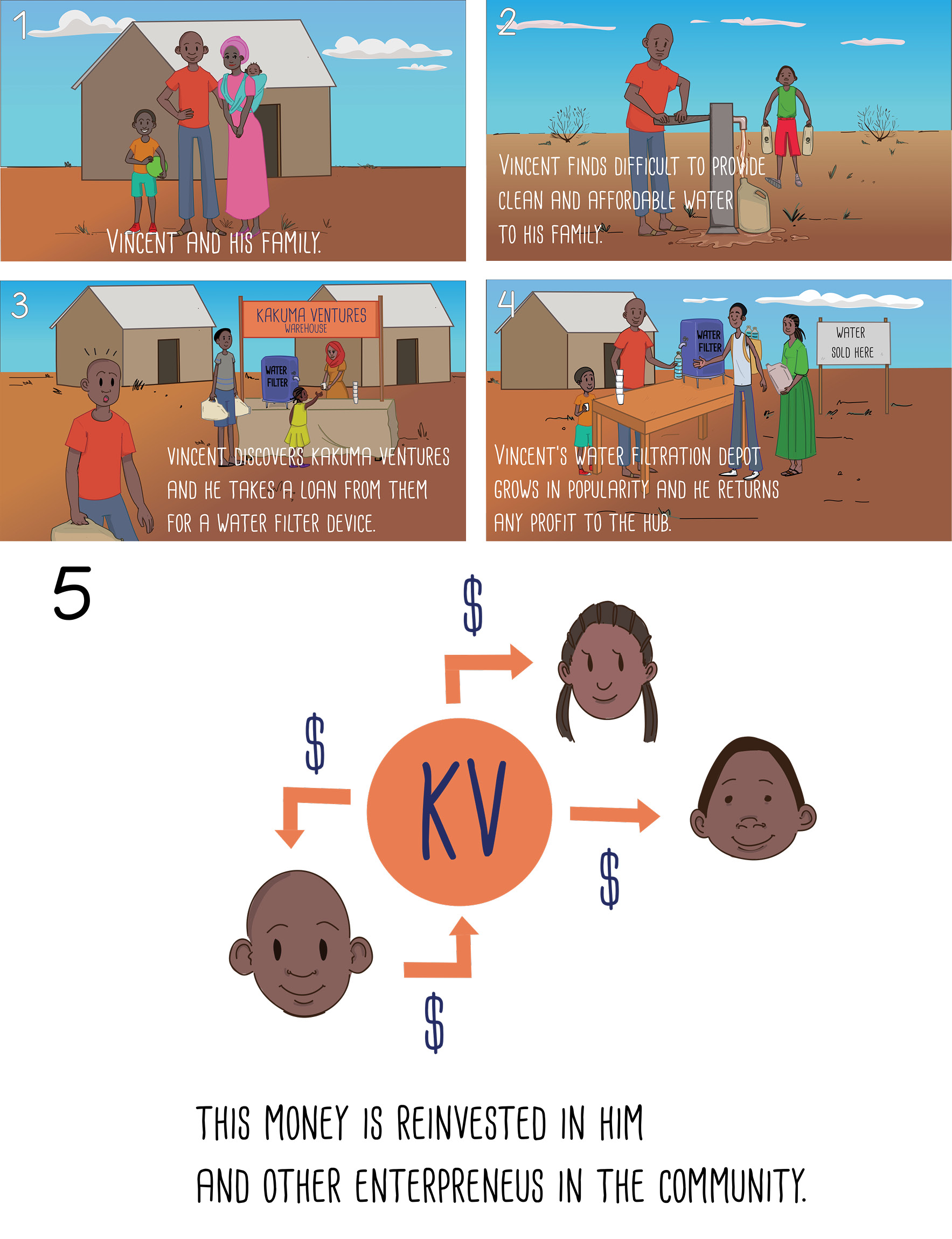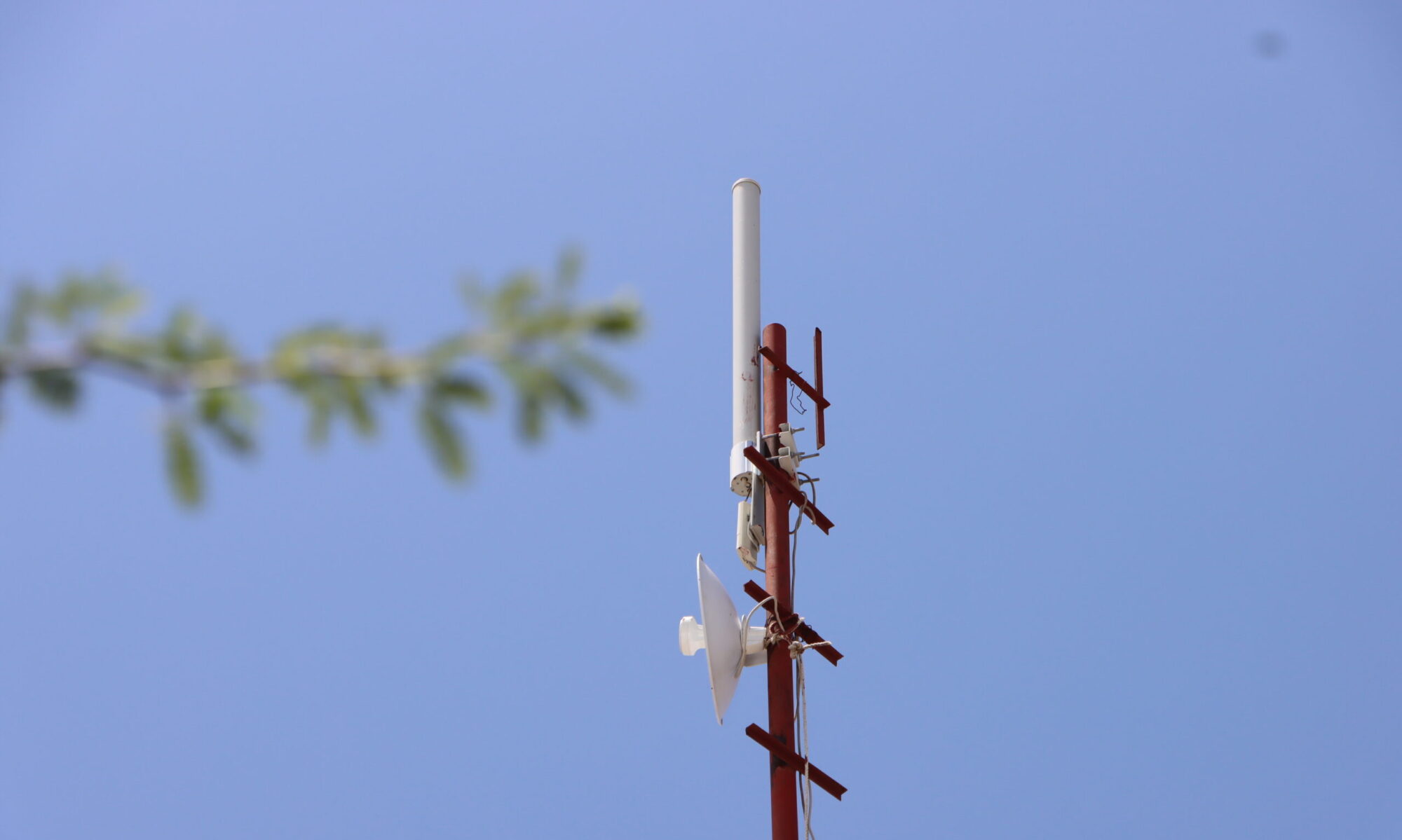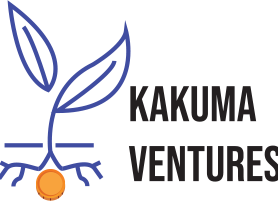Relief agencies normally spend as much as 80% of their proceeds on logistics and supply chain, according to the UN High Commissioner for Refugees, António Guterres. KV wants to fill the gap that UN and other humanitarian agencies have in spending on logistics to reach refugees.
Our innovation, again, focuses on providing fresh water, food, and energy to refugee camps by building distribution and logistics. The technology exists today but the distribution does not. Over time, we expect to increase product types distributed in our facility.
Our goal is to make the supply chain within the camp more efficient. If we can do that we build an infrastructure that any organization or private company can leverage to distribute goods. Learn more about The Evolution of Cheap Van Leasing by reading this article.
Women Empowerment:
We empower both men and women entrepreneurs. Our Kakuma Ventures team was founded with 50% women. One is currently our CFO and the other one is CEO of our water filtration project. We will continue to keep an equal percentage of women as part of our team and entrepreneurs whom we fund. We deeply believe that we need to empower women in the camps.
We will be able to track our progress by using a few KPIs.
1. Amount of fresh water filtered daily
2. Amount of food sold within the refugee camp – first Kakuma then expanding.
3. # of entrepreneurs we empower to help us build the logistics and distribution centers
4. Finally, the repayment of loans and profits on the business. The key is sustainability
5. # of different products distributed
6. Other will evolve
Proof of Concept
Our proof of concept (PoC) was started one year ago and current project is an ongoing concern. We launched the project 1 year ago and have an incorporation in Nairobi. The goal of this is to stimulate our activity.
Expansion of PoC: We will expand the investment throughout Kakuma 1 which is the most dense part of Kakuma. Here, we will invest in 1 large distribution warehouse and 3 small distribution stores that include water filtration, food storage, 5 motorbikes for delivery, a moto repair center and a truck for delivery from Kitale. By starting in Kakuma 1 we can test the model of distribution based on needs and density. We estimate that the initial cost for Kakuma 1 will be around $75k-100k. Once we prove the model, then we will replicate the model in Kakuma 2-5. The cost to replicate will be around $30k per additional area.
We believe that we can execute Kakuma 1 within 6 months and the rest of the camp within 12 months. The activity planning is as follows:
Month 1: Nairobi – Kakuma planning period. Creating a visual map of how to implement the logistics center. Purchase of vehicles and building supplies.
Month 2-3: Building of initial warehouse and stores. Simultaneously, recruiting entrepreneurs to run the centers, stores, and transportation. Putting together contracts and agreements with each. Putting together a financial system to track income statements.
Month 4: Purchase of water filtration, food storage bins / hermetic bags, starting delivery of food from Kitale / Nairobi.
Month 5: Operation starting and monitoring of financial expenses.
Month 6: On going operations in Kakuma 1. Make adjustments and begin planning for roll out into other areas.
Goal: Raise $250,000
Warehouse: $50,000
Water Filters:
4 in Kakuma 1
2 in Kakuma 2
2 in Kakuma 3
2 in kakuma 4
2 in Maloney
Minimum investment $1,400 * 12 points = $16,800
Breakdown: water filter $300, refrigerator $400, accessories (bottles, disposable cups, chair, table, water tank): $300, renovation $250, electrical wiring and connection $150
Food storage:
4 in Kakuma 1
2 in Kakuma 2
2 in Kakuma 3
2 in kakuma 4
2 in kalobey
Minimum investment $7,500 * 12 stores = $90,000
Logistics (transport of people and goods)
1 truck $35,000
15 motorbikes $1300*15 = $19,500


